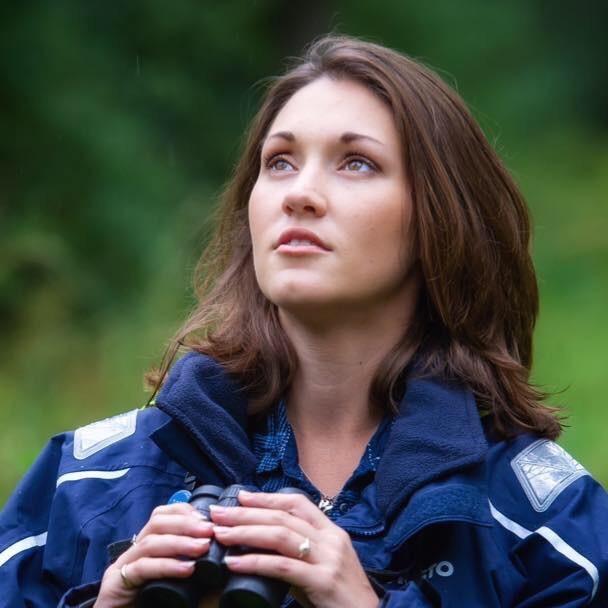When is Chris Packham's Animal Einsteins on TV?
The first episode of this six-part series airs on Sunday 21 February at 8pm.
What is Chris Packham's Animal Einsteins about?
In this classic Packham-esque nature series, he is on the quest for nature’s most intelligent species and the adaptations they use to survive. Sassy and savvy, the programme challenges us to reconsider our perceptions of animal intelligence. Some stories have been well-documented before, like corvids and chimps, whilst others might surprise you, for example that the tiny-brained bumblebee is an accomplished mathematician or that the male white-throated sparrow which has had to adapt its song to keep females interested!
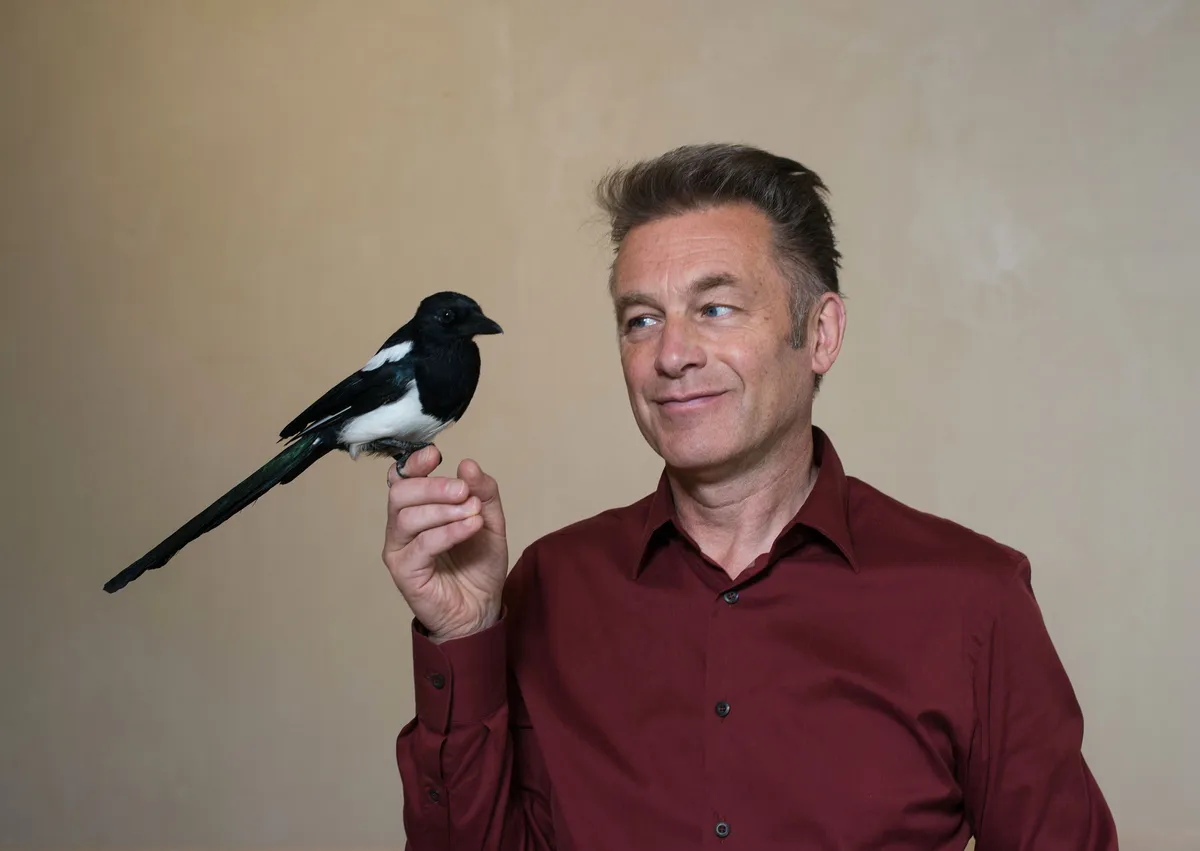
Each episode examines a different set of skills, like intelligence (problem solving, memory and using tools), building homes and communication. The series is packed with science, interesting for older kids, teenagers and families. Expert researchers add their own voices and there are some lovely wildlife sequences, too, as well as a broader message: what can we learn from these animals?
As always, Chris is witty, entertaining and authentic, with a genuine infectious enthusiasm.
Who is Chris Packham?
Chris Packham is a naturalist, author, photographer, TV presenter, and campaigner. His presenting work includes The Really Wild Show on CBBC between 1986 and 1995, Waterhole: Africa's Animal Oasis in 2020 alongside Ella Al-Shamani, and Springwatch (and the associated ‘Watches’) since 2009.
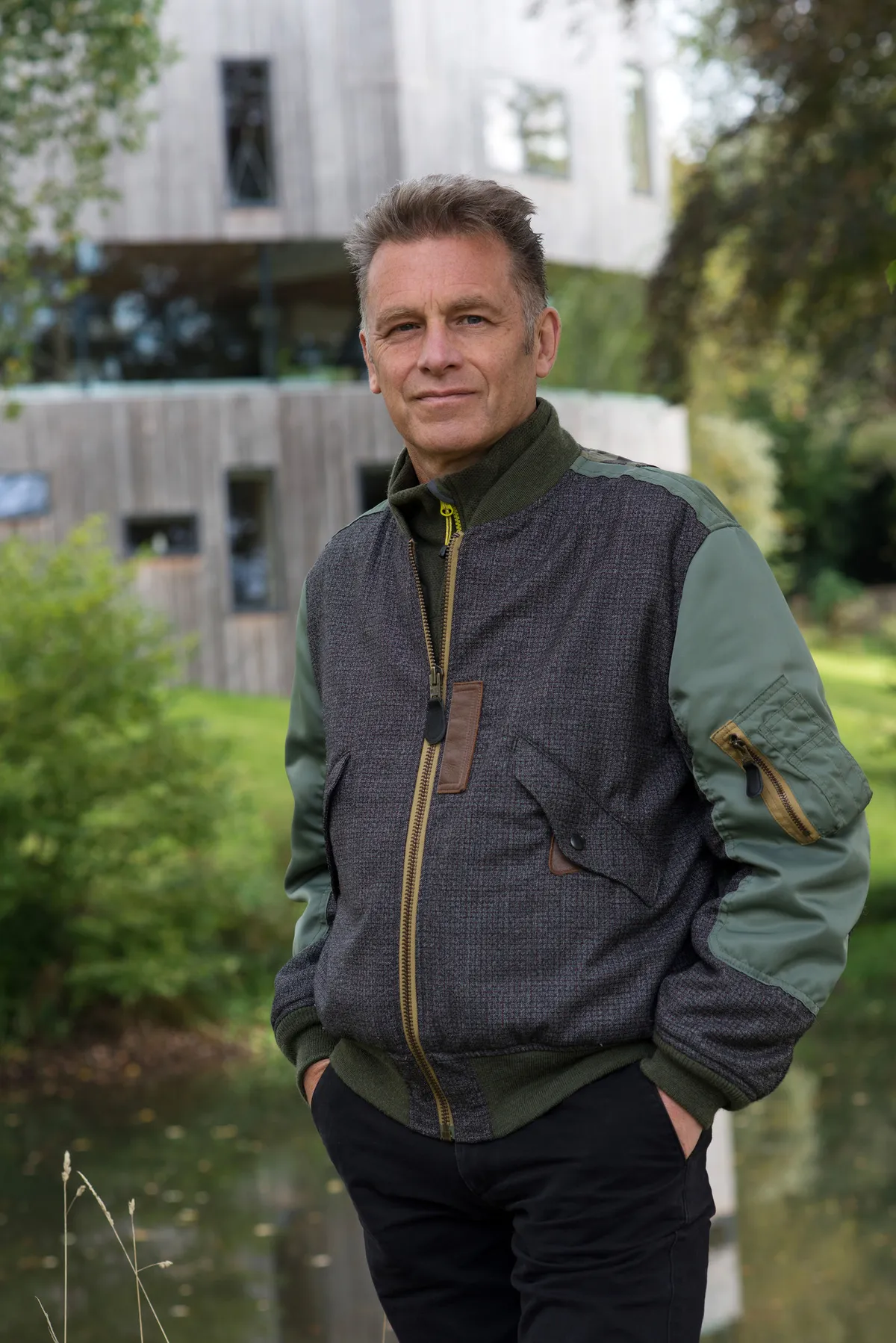
When the coronavirus pandemic led to lockdowns in 2020, he set up the Self-Isolating Bird Club on Facebook and Twitter with his step-daughter, Megan McCubbin, who is also a wildlife presenter. Read an extract from our interview with Chris and Megan from the January 2021 issue of BBC Wildlife Magazine, and his previous piece on connecting with nature during the coronavirus pandemic, from our May 2020 issue.
Which species appear on Chris Packham's Animal Einsteins?
Common raven (Corvus corax)
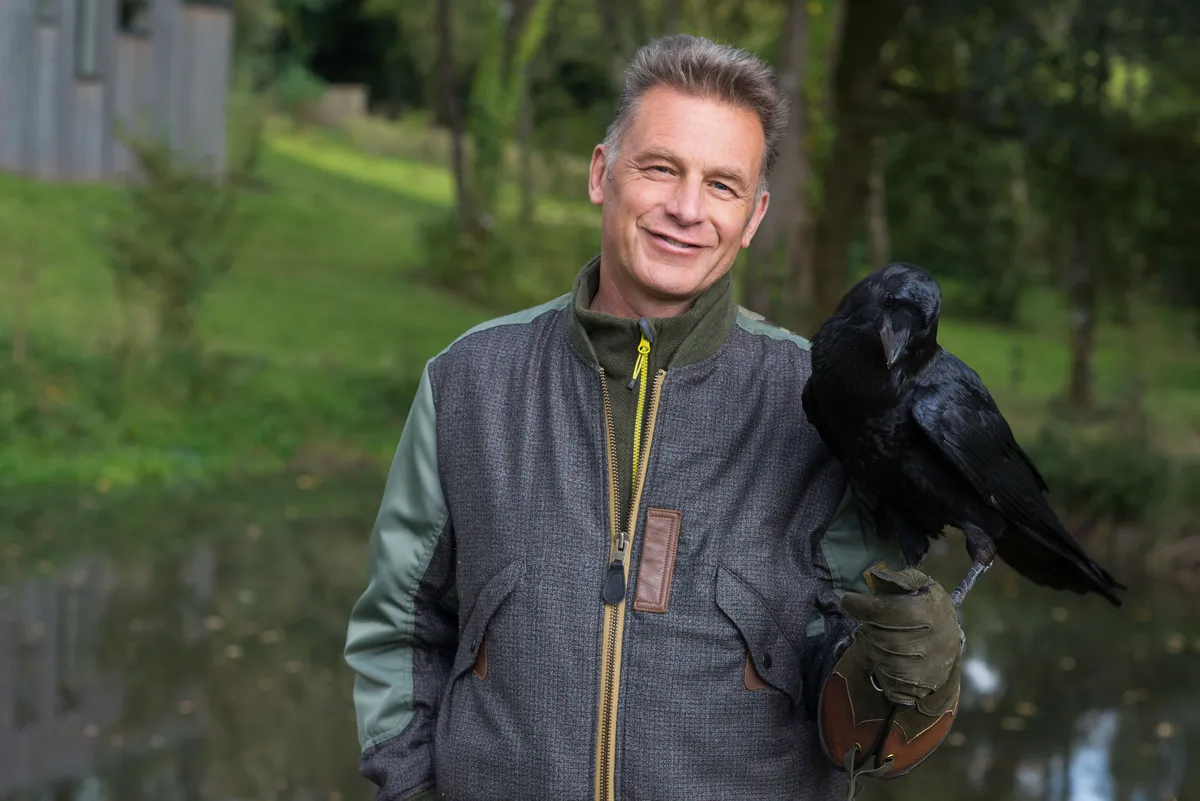
The common raven (usually just referred to as 'raven') is the largest corvid species (crow family) in the UK.
Corvids have a reputation for being intelligent birds, with various species having been shown to be able to use tools, recognise themselves in the mirror, being aware that they may be being watched, and remember human faces. Read Dr Jo Wimpenny’s piece exploring whether they deserve this reputation.
Learn more about ravens and other corvids:
Chimpanzee (Pan troglodytes)
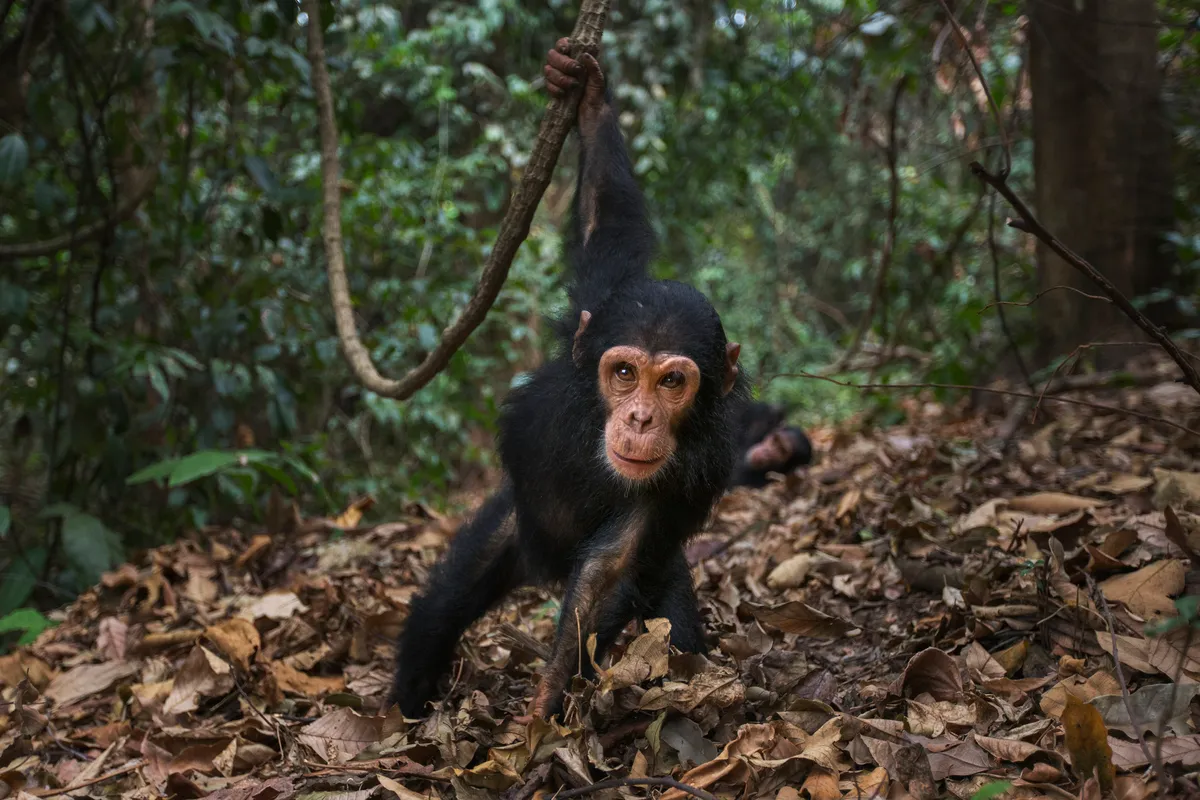
Dr Jane Goodall made history when she observed wild chimpanzees using tools to catch termites. A study in 2019 demonstrated that chimps (and other great apes such as bonobos and orangutans) may possess ‘Theory of Mind’.
Learn more about great apes:
Bumblebee (Bombus genus)

Researchers have found that bumblebees are able to learn a number of tasks, including counting, and even a basic version of football.
Common starling (Sturnus vulgaris)
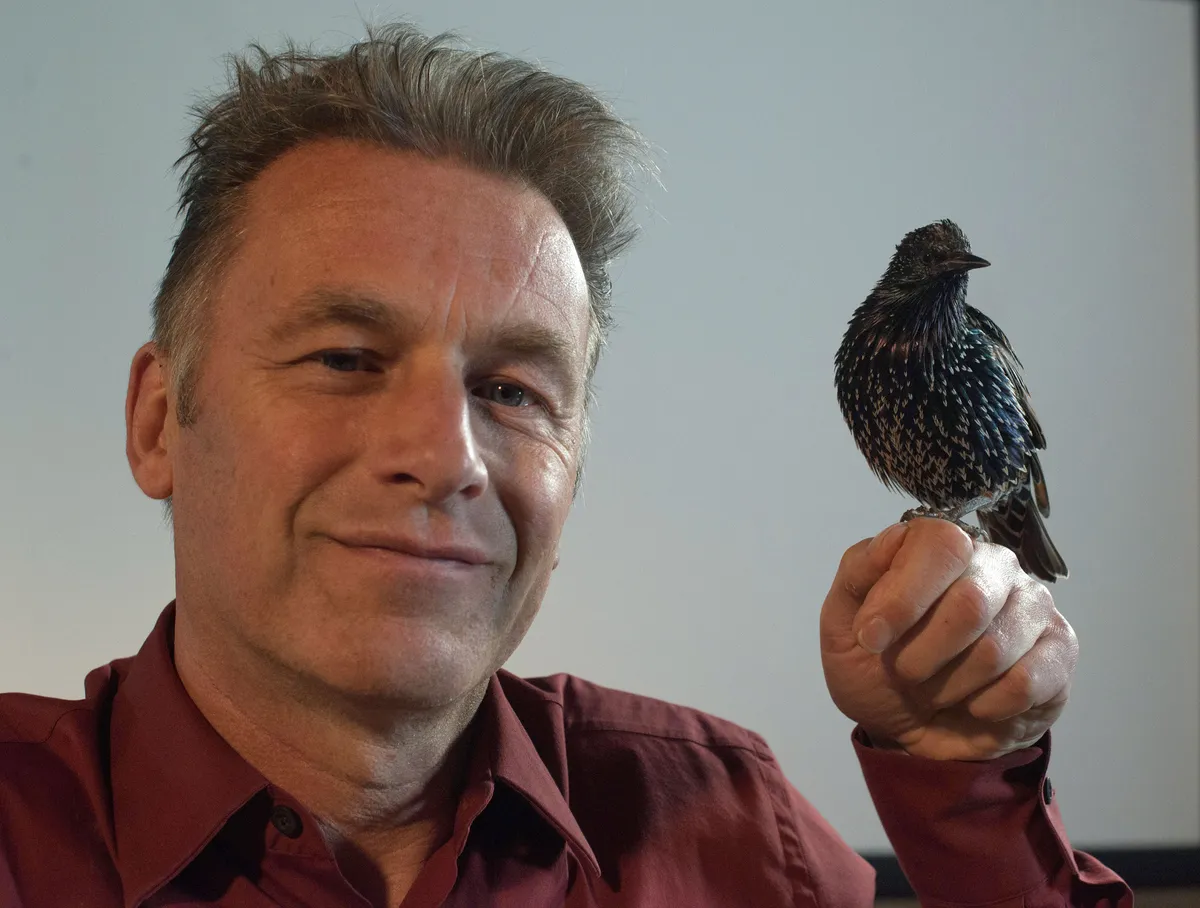
Starlings are able to learn from watching each other, known as social learning.
Learn more about starlings:
Eurasian beaver (Castor fiber)

Both Eurasian and North American beavers build dams and lodges to block streams and rivers, to keep them safe from land predators, and are a place to store food to see them through winters. The longest beaver dam in the world is 850m in length.
Spiders (Aranae order)

There are more than 48,000 species of spider in the world, and they're found in a variety of habitats and on every continent except Antarctica. The majority of spiders are predators, and there's a range of hunting strategies used by the different species. All spiders produce silk, though not all of them create the spider webs we are familiar with.
Naked mole rat (Heterocephalus glaber)
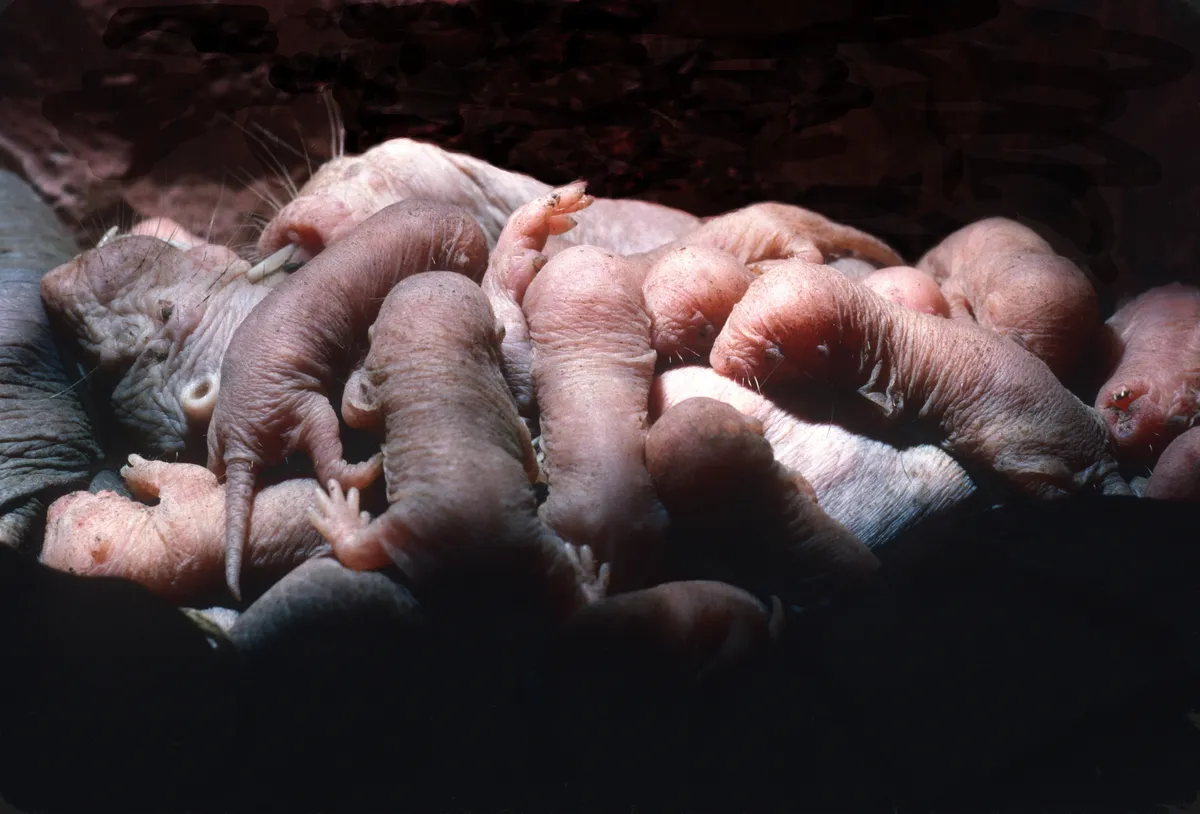
Naked mole rats are burrowing rodents native to the hot arid regions of east Africa, including Kenya, Ethiopia and Somalia. They are hairless and practically blind, and build huge underground systems with tunnels and chambers.
Learn more about African wildlife:
Main image: Chris Packham with an octopus, a master of disguise due to its camouflage ability. © Lucy Bowden/BBC
